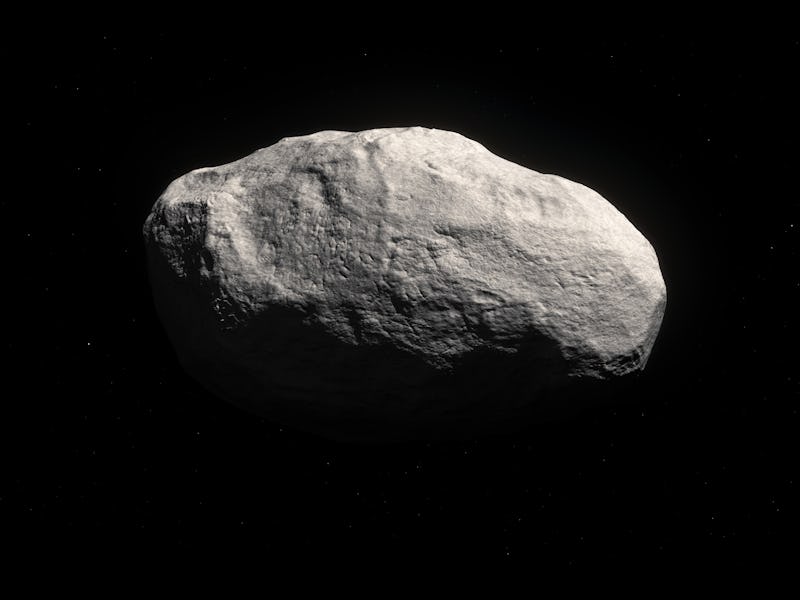A Comet as Old as Earth Is Heading Our Way After a 4 Billion-Year Cryogenic Sleep
Strap in for a wild tale about a comet without a tail.

Nearly 4.5 billion years ago, the biggest party in the solar system was happening at the third rock from the sun: Earth was being born. But there were also a ton of other things coming into existence, and astronomers just discovered one of those smaller rocks hanging around outer space. Meet C/2014 S3 (PANSTARRS): a tailless comet that’s been sitting in cold hibernation for billions of years now. The trajectile was recently nudged into an orbit that brings it closer to the sun and Earth, and scientists are eagerly looking forward to learning more about what it can tell us about the early days of the solar system.
Using the European Southern Observatory’s Very Large Telescope and the Canada France Hawaii Telescope, the international team of researchers have found that PANSTARRS was born in the inner solar system (i.e. everything inside the asteroid belt) at basically the same time Earth was a wee infant — but was ejected off towards the outskirts of town soon after. The comet found its way into the Oort Cloud, a theoretical region on the edge of interstellar space in the solar system’s orbit about 3.2 light-years away from the sun. This icy, zero-gravity fortress of solitude has kept PANSTARRS in cold storage until just recently.
It’s the first rocky object from the Oort Cloud astronomers have ever discovered.
“We already knew of many asteroids, but they have all been baked by billions of years near the Sun,” said study co-author Karen Meech in a statement. “This one is the first uncooked asteroid we could observe: it has been preserved in the best freezer there is.”
Initially, PANSTARRS was identified as a weakly active comet under a different name. Subsequent observations have led to the team identifying its orbital period as about 860 years — a clear sign that the comet originates from the Oort Cloud and was only recently flicked into a closer distance to the sun.
The comet possesses the unusual trait of having no tail — leading the team to call it a Manx comet. Study of its spectra illustrates how Oort kept PANSTARRS in pretty pristine shape for such a long time, allowing for very little evolution and processing typical of comets with a more normal orbit. In fact, the water-ice caked into the comet demonstrates activity that’s a million times lower than active, long-period comets found at similar distances from the sun.
Learning more about PANSTARRS would give scientists insight into two exciting worlds. One is the world of the solar system just as its planets were crawling out of infancy, and how objects and comets composed of combinations of water-ice and rock were created. The other is exactly what the Oort Cloud does to these kinds objects — though to really learn more, the team is hoping to find more manx comets originating from the region.
Besides that, it’s just really freaking cool to have found something as old as the Earth swinging around our neck of the woods.